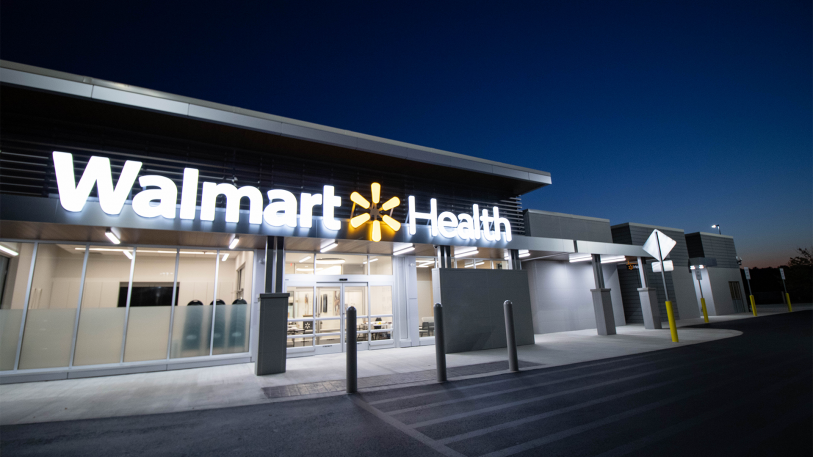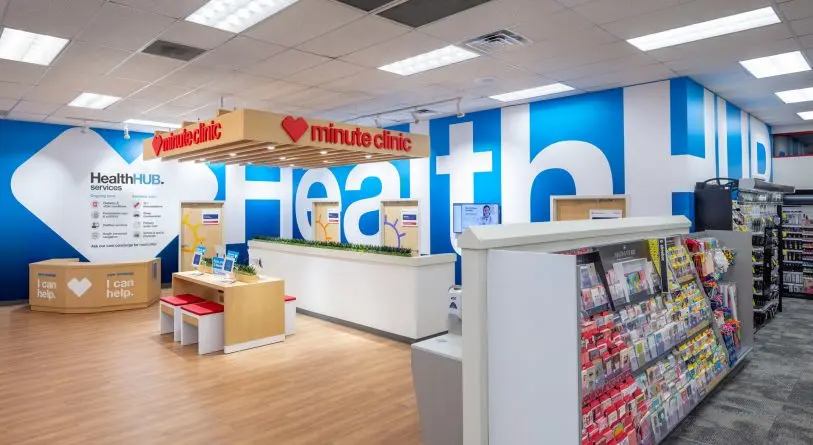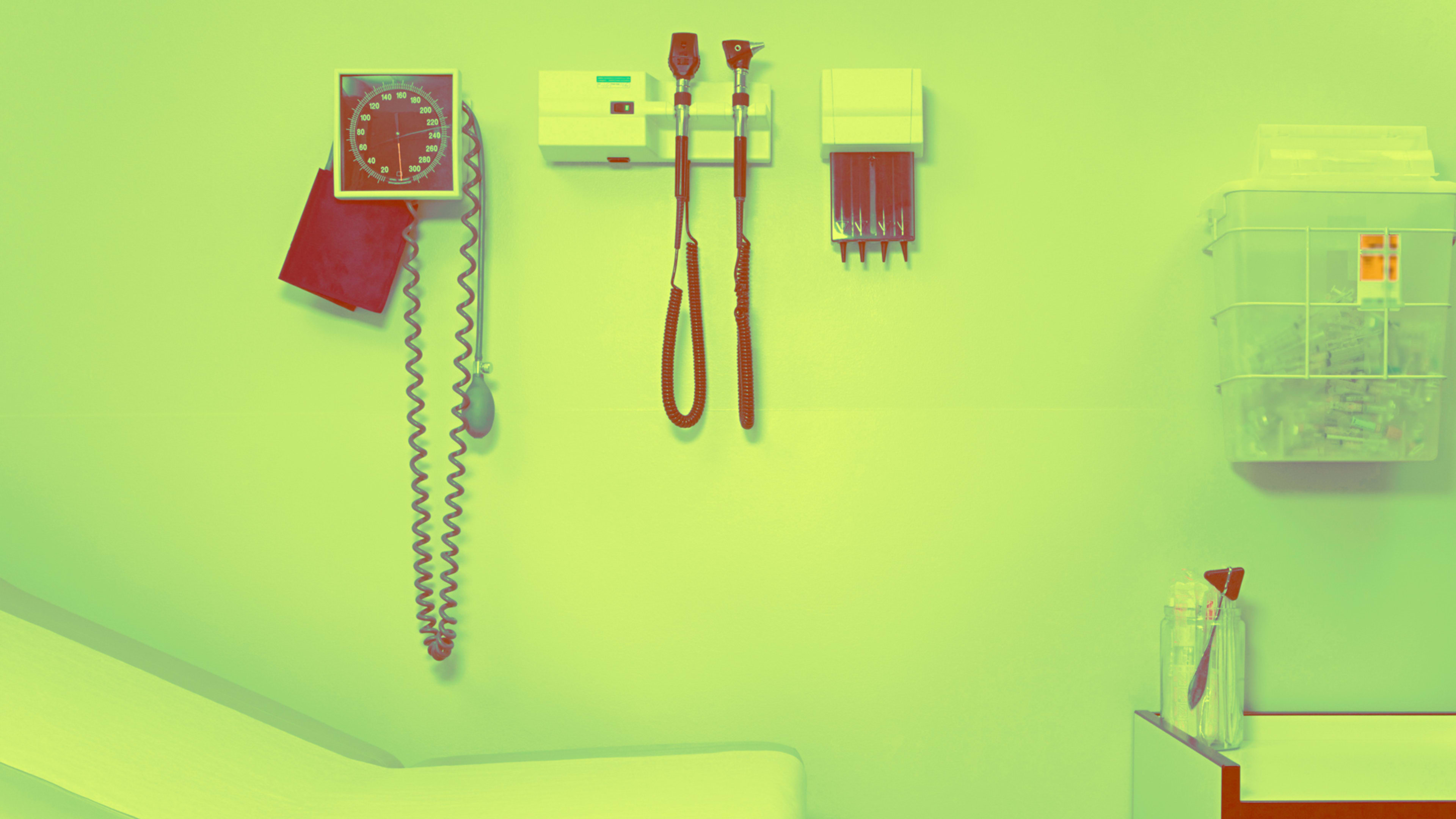For the medical industry, the annual JP Morgan Healthcare Conference is like the Super Bowl. Last week, an embarrassment of blue-suited entrepreneurs, insurance executives, and lobbyists descended on the Westin St. Francis hotel in downtown San Francisco to hobnob, trade business cards, and watch panels of experts discuss the inner workings of America’s $4 trillion healthcare-industrial complex. Despite the upcoming election and a certain fervor around a single-payer nationalized health insurance plan, the main conference hall displayed no signs of anxiety. While voters may be torn between upgrading a broken healthcare system or replacing it with Medicare for All, the healthcare industry seems certain about where the future is headed. What does that mean for patients? They’ll have to navigate an increasingly complex system as they try to find care that is both affordable and high quality.
We know what’s wrong with healthcare right now. It’s too expensive, with insurers increasingly shifting costs to patients. It’s designed for reactionary care rather than maintaining health. It treats mental health as separate from physical well-being. It isn’t really sure what to do about addiction. It almost entirely ignores the impacts of housing, zip code, and income on a person’s ability to be healthy.
All of these things make healthcare a deeply complex infrastructural problem, one that has a lot of financial interests wound in. As a result, there are a lot of competing solutions to this tangled issue. In the lead-up to the election, Democrats are suggesting either a single-payer, government-run insurance program that would cover everyone or an expansion of Medicare as it currently exists. Doctors want a more fluid system, where they can easily access information on patients, even when they go to different providers. Unfortunately, the market doesn’t incentivize that kind of reality, and the result is a healthcare system that is inundated with data and technology solutions that are limited in how much good they can do.
Corporate America has its own ideas about what will fix the healthcare system. It hopes to empower patients by making them a better consumer of medical services and products. This phenomenon is called consumerized medicine. In this world, a patient cobbles together direct-to-consumer products and services and pays for them out of pocket, because they have insurance with a prohibitively high deductible or no insurance at all (or because they’re too embarrassed to see a physician about their erectile dysfunction and hair loss). While consumerized medicine may offer lower prices than traditional medicine, it has the potential to yield an even more fractured healthcare system than ever before.
The health industry’s problem with Medicare for All
When it comes to Medicare for All—Bernie Sanders’s policy to turn the government into America’s one and only healthcare payer and save us from a profit-driven healthcare system—the people pocketing the $3.6 trillion Americans spend on healthcare every year foresee some problems with it. Here is the logic as told to me: Let’s say Medicare for All gets passed. The new rule would simplify billing and reduce costs immediately. There would also be an opportunity to shift to a more value-based, preventative healthcare model. However, it would kill off a significant number of jobs. The health insurance industry employs roughly 500,000 people, per the New York Times, which says nothing of the large numbers of administrative people hired in doctors’ offices and hospitals. Economist Robert Pollin estimates the job losses from such a shift would be 2 million. Critics of this argument say that perhaps it is worth it to lose these jobs in the name of better healthcare.
But job losses are far from the only cost, according to many health executives. If the United States shifted to Medicare for All, doctors’ wages would go down considerably, possibly low enough that they would have a hard time paying back their medical school debt. Would the government grant those doctors a one-time debt forgiveness? If so, what would happen to the cost of medical school—would it be free? Though a significant amount of funding for medical schools comes from endowments, gifts, and grants, a good chunk still comes from tuition, housing, and continuing education.
This is not to say that Medicare for All is good or bad or even implausible. But the sort of seismic shift necessary for changing the system is going to come with significant pains—and the people who have heavily invested in the-way-things-are don’t want to bear them. Which is why no one I spoke to at the JP Morgan Conference believes that Americans will ever have Medicare for All—and corporations, banks, and venture capitalists are planning for a markedly different future.
Redesigning primary care
That future is, in part, unfolding in physical retail stores. Companies like CVS, Walgreens, and Walmart are expanding their pharmacies to incorporate more patient care than just prescription drug pick-up and flu shots. Like urgent care, they are meant to augment primary and specialty care and to keep people out of the hospital, addressing the 26% of Americans who don’t have a primary care doctor.
However, for those that do have a primary care doctor, care that happens inside a CVS doesn’t necessarily connect back to that doctor, creating gaps in their record. This concern has not stopped the proliferation of clinics. If anything, it has goaded retailers into providing primary care themselves. Last year, Walmart launched its first Health Center in September, promising “primary care, labs, X-ray and EKG, counseling, dental, optical, hearing, community health (nutritional services, fitness), and health insurance education and enrollment all in one facility.”


Like Walmart, traditional healthcare providers also want to reformat primary care, but the approach is quite different. The focus for doctors is to incorporate a broader set of information—such as whether a person has stable housing or access to vegetables or a job—when making a diagnosis or recommending screenings. Consumers are also bringing their doctors more information, whether it’s their own self-diagnosis from WebMD, health data recorded in an app, or the results of direct-to-consumer tests (for things such as DNA, fertility, thyroid, and food sensitivity). However, it is not clear that all this information is helping. Rather, it may be overwhelming doctors who already spend an inordinate amount of time on administrative work, which is contributing to high rates of doctor burnout.
Enter AI
Theoretically, this is where artificial intelligence can step in. Lots of startups and large tech companies are working on software that will make sense of all the various data inputs. The idea is that AI will analyze patient data and offer suggestions for diagnosis or treatment. But Madara warned that healthcare providers should be sure to understand what artificial intelligence can and cannot do before employing it, because so often the technology is a black box. He described an algorithm designed to look at x-rays showing lung disease and determine which patients needed more care. It was able to make the distinction, but it wasn’t always making determinations based on the health data itself. A review of the algorithm found it was also analyzing whether the x-ray was taken on a portable x-ray or one in a radiology suite. “All it had to know is that the patient was sick enough that they couldn’t be transported,” Madara said.
Madara’s example is not an anomaly. Still, artificial intelligence is increasingly being added to doctors’ workflows—and big companies are involved. Despite public backlash to Google’s quiet partnership with Ascension, which involved the company accessing patients’ data without their explicit consent, the two companies are continuing to partner (notably, the two biggest health record companies, Epic and Cerner, have decided not to work with Google). “Super super proud of our work with Ascension,” said David Feinberg, head of Google Health, at a conference hosted by Startup Health. In that work, Google is developing machine learning algorithms to help doctors sift through electronic health records—like Google search for doctors. More specifically, the platform aims to organize patient records in a cohesive way. The work is currently ongoing at two hospitals, and Feinberg indicates that it will eventually be coming to more Ascension care centers.
Going to the doctor on your phone
The conversation around artificial intelligence and the use of technology is largely aimed at making healthcare more efficient and ostensibly more cost-effective for patients. For example, the use of artificial intelligence in drug development could reduce the cost of making drugs—though this notoriously has little to do with how drugs are priced. Another way technology is approaching the problem of price is through developing apps and devices that are ancillary to physician care, such as over-the-counter hearing aids, online drug prescriptions, and at-home testing kits for everything from genetic disease predisposition to thyroid problems (all of which fit neatly on the shelves of CVS/Walgreens’ consumerized health vision).
Both big hospital systems and retail clinics can agree that patients should be receiving more care at home through video interviews with doctors and connected devices and apps for chronic disease management. Cigna recently launched tele-primary care through MDLive. The Mayo Clinic has been investing in telemedicine for years, particularly for emergency services. Teladoc, one of the largest telehealth providers, now serves 300 health systems and some 35 million patients. It recently helped CVS expand its footprint through telehealth services.
In the iPhone App Store and Google Play, rosters of health apps aim to help people lose weight, stay on top of chronic disease, or text with a mental health professional. Consumers are already adapting to medical care online—AppAnnie reported 400 million mobile health apps were downloaded in 2018. But as AMA CEO Madara pointed out at the Health Innovation Summit, just because an app is well-reviewed doesn’t mean it’s necessarily delivering quality care. After all, health apps are not regulated.
This question of quality is the central concern of the increasingly complicated health ecosystem that health systems, retailers, and tech companies are rolling out. Technology undoubtedly has the opportunity to make care better, though it’s not a forgone conclusion. What is clear is traditional healthcare is not getting cheaper, and instead patients are left with the less expensive world of consumer-driven health. It’s just not clear the latter will actually make them healthier.
Recognize your brand’s excellence by applying to this year’s Brands That Matter Awards before the early-rate deadline, May 3.
